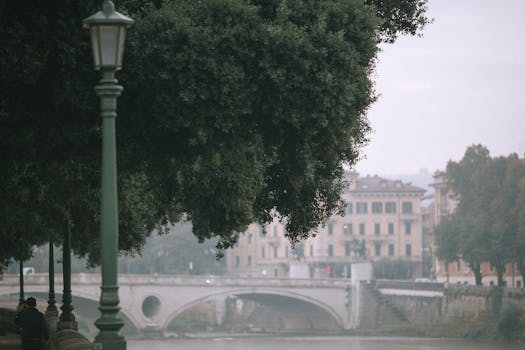
Urban Green Spaces: The Future of Outdoor Living in European Cities by 2025
Urban Green Spaces are the future of outdoor living in European cities by 2025. As the world becomes increasingly urbanized, the need for green spaces in cities is becoming more and more important. These spaces not only provide a peaceful escape from the hustle and bustle of city life but also play a crucial role in maintaining the physical and mental health of urban residents.
Introduction to Urban Green Spaces
Urban green spaces refer to areas of vegetation, water, or other natural elements that are found within urban environments. These spaces can range from small parks and gardens to large nature reserves and green roofs. They provide a range of benefits, including improved air quality, reduced noise pollution, and increased biodiversity.
Benefits of Urban Green Spaces
There are numerous benefits to urban green spaces, including:
- Improved air quality: Urban green spaces can help to remove pollutants from the air, improving the overall air quality in cities.
- Reduced noise pollution: Green spaces can act as a buffer, reducing the amount of noise pollution in urban areas.
- Increased biodiversity: Urban green spaces can provide a habitat for a range of plants and animals, increasing biodiversity in cities.
- Improved mental health: Spending time in green spaces has been shown to have a positive impact on mental health, reducing stress and anxiety.
- Increased physical activity: Urban green spaces can provide opportunities for physical activity, such as walking, cycling, and sports.
Examples of Urban Green Spaces in European Cities
There are many examples of urban green spaces in European cities, including:
- Hyde Park in London, UK: One of the largest urban parks in Europe, Hyde Park provides a range of recreational activities, including boating, cycling, and walking.
- Parc du Champ de Mars in Paris, France: This park is located in the heart of Paris and provides stunning views of the Eiffel Tower.
- Vondelpark in Amsterdam, Netherlands: This large urban park is a popular spot for walking, cycling, and picnicking.
- Templehof Park in Berlin, Germany: This former airport has been transformed into a large urban park, providing a range of recreational activities and events.
Challenges and Opportunities for Urban Green Spaces
Despite the many benefits of urban green spaces, there are also challenges and opportunities that need to be addressed. These include:
- Funding: Many urban green spaces are underfunded, making it difficult to maintain and improve these areas.
- Access: Some urban green spaces are not easily accessible, particularly for those with mobility issues.
- Climate change: Urban green spaces can help to mitigate the effects of climate change, but they can also be vulnerable to its impacts, such as increased flooding and drought.
- Community engagement: Urban green spaces can provide opportunities for community engagement and social interaction, but they can also be underutilized if they are not well-promoted.
Conclusion
Urban green spaces are the future of outdoor living in European cities by 2025. These spaces provide a range of benefits, from improved air quality and reduced noise pollution to increased biodiversity and improved mental health. However, there are also challenges and opportunities that need to be addressed, including funding, access, climate change, and community engagement. By working together, we can create urban green spaces that are sustainable, accessible, and enjoyable for all.




